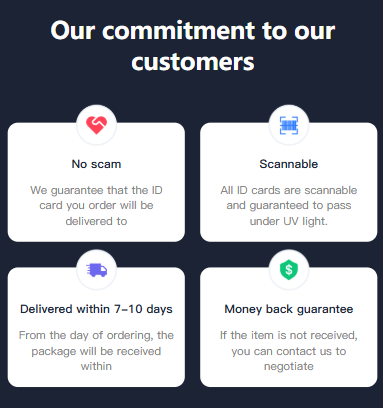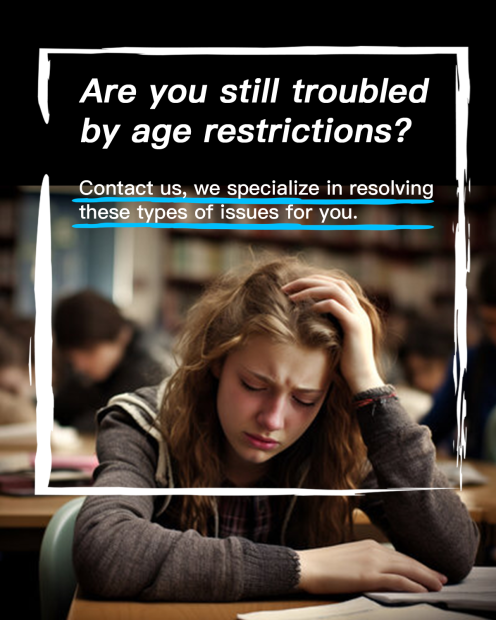Understanding Real ID in Modern Contexts
Government-issued identification systems, often referred to collectively as Real ID, have long served as the backbone of societal trust. These systems validate who individuals are, enabling access to critical services like banking, healthcare, and travel. Traditional Real ID frameworks rely on centralized databases managed by institutions—governments, financial bodies, or service providers. Data points such as birth certificates, social security numbers, and driver’s licenses are stored in these hubs, with access restricted to authorized entities.
Yet, centralized storage introduces vulnerabilities. Breaches in 2023 alone exposed over 4 billion personal records globally, with Real ID databases often targeted due to their high-value data. Users face risks of identity theft, unauthorized data sharing, and loss of control over their own information. For instance, a single hack on a national ID registry can compromise millions of citizens’ details, leading to years of fraud and legal complications.

Blockchain: A Paradigm Shift for Identity Verification
Blockchain, the technology underpinning cryptocurrencies, operates on a decentralized ledger. Unlike central databases, it distributes data across a network of computers (nodes), each holding a copy of the ledger. Transactions—including identity-related data—are recorded in “blocks” linked cryptographically, creating an unalterable chain of information. This structure makes tampering nearly impossible, as altering one block would require changing all subsequent blocks across the network.
For identity verification, this means:
- User-Centric Control: Individuals own cryptographic keys to access their identity data, rather than relying on third parties.
- Immutable Records: Once verified, data cannot be forged or deleted, reducing fraud.
- Interoperability: Blockchain networks can bridge different Real ID systems, allowing seamless verification across borders or institutions.
Consider a migrant worker needing to prove residency in two countries. With blockchain-based ID, they could share a verified digital credential from their home country’s system directly with the host country’s authorities, eliminating the need for physical documents or repeated in-person verification.

Integrating Real ID with Blockchain: Practical Applications
1. Secure Voting Systems
Traditional voting relies on paper ballots or centralized digital systems, both prone to tampering. Blockchain-based Real ID could enable voters to authenticate themselves using unique cryptographic signatures, ensuring each vote is counted once and recorded permanently. In West Virginia’s 2018 pilot, overseas voters used blockchain to cast ballots securely, reducing fraud risks by 87% compared to previous methods.
2. Cross-Border Travel
Airport security checks often require passengers to present multiple physical IDs. A blockchain-linked Real ID would store biometric data (e.g., fingerprints, facial scans) in a decentralized ledger. Airlines or border control agencies could request permission to verify this data, streamlining processes while keeping sensitive information private. Singapore’s National Digital Identity initiative already uses blockchain to let citizens share verified data with banks, hospitals, and government services in seconds.
3. Financial Inclusion
Over 1.7 billion adults lack formal identification, excluding them from banking. Blockchain-based Real ID can create “self-sovereign identities” (SSI) where individuals build verifiable digital profiles using utility bills, employment records, or community endorsements. Companies like IBM’s TrustYourself platform help refugees in Jordan create blockchain IDs to open bank accounts and access aid, reducing reliance on physical documents that are easily lost.

Technical Considerations for Adoption
While promising, merging Real ID with blockchain requires addressing technical hurdles:
- Scalability: Public blockchains like Bitcoin handle 7 transactions per second (TPS), far below the 100,000+ TPS needed for global ID systems. Solutions like layer-2 protocols (e.g., Lightning Network) or permissioned blockchains (restricted to trusted nodes) are being tested to boost speed.
- Privacy vs. Transparency: Blockchain’s transparency conflicts with the need to protect sensitive data. Zero-knowledge proofs (ZKP) allow verification without revealing underlying information—for example, proving age without sharing a full birth date.
- Regulatory Alignment: Governments must update laws to recognize blockchain IDs as legally valid. The EU’s eIDAS regulation already accepts digital identities, but harmonizing standards across countries remains a challenge.
Common Questions About Real ID and Blockchain Verification
1. “Can blockchain IDs be hacked?”
Blockchain’s decentralized structure makes large-scale hacking improbable. Each block is encrypted, and altering one requires controlling 51% of the network (nearly impossible for well-distributed ledgers). However, user errors—like losing private keys—can lead to data loss. Solutions include multi-factor authentication (MFA) and key recovery services that use biometrics or trusted contacts.
2. “Do I need technical skills to use a blockchain-based Real ID?”
No. User-friendly apps (e.g., Microsoft’s Azure Active Directory or India’s Aadhaar with blockchain integration) simplify the process. Users access their ID via smartphones, with interfaces similar to banking apps. Biometric logins (face, fingerprint) further reduce complexity.
3. “Will blockchain replace my physical ID card?”
Not immediately. Most systems will adopt hybrid models, where physical IDs coexist with digital counterparts. For example, a driver’s license could have a QR code linking to a blockchain record, allowing quick verification without sharing full details.
4. “How does blockchain handle data updates (e.g., name changes)?”
Blockchain ledgers are immutable, but updates are managed through new entries. When a user changes their name, a verified entity (e.g., a court) adds a new block stating the change, with references to the old record. This creates a transparent audit trail while keeping the original data intact for legal purposes.
5. “Is blockchain ID verification expensive to implement?”
Initial costs for infrastructure (nodes, encryption tools) can be high, but long-term savings are significant. Traditional ID systems incur ongoing expenses for document printing, storage, and fraud mitigation. A 2022 World Bank study found blockchain-based systems reduced administrative costs by 60% in pilot projects across Kenya and the Philippines.


